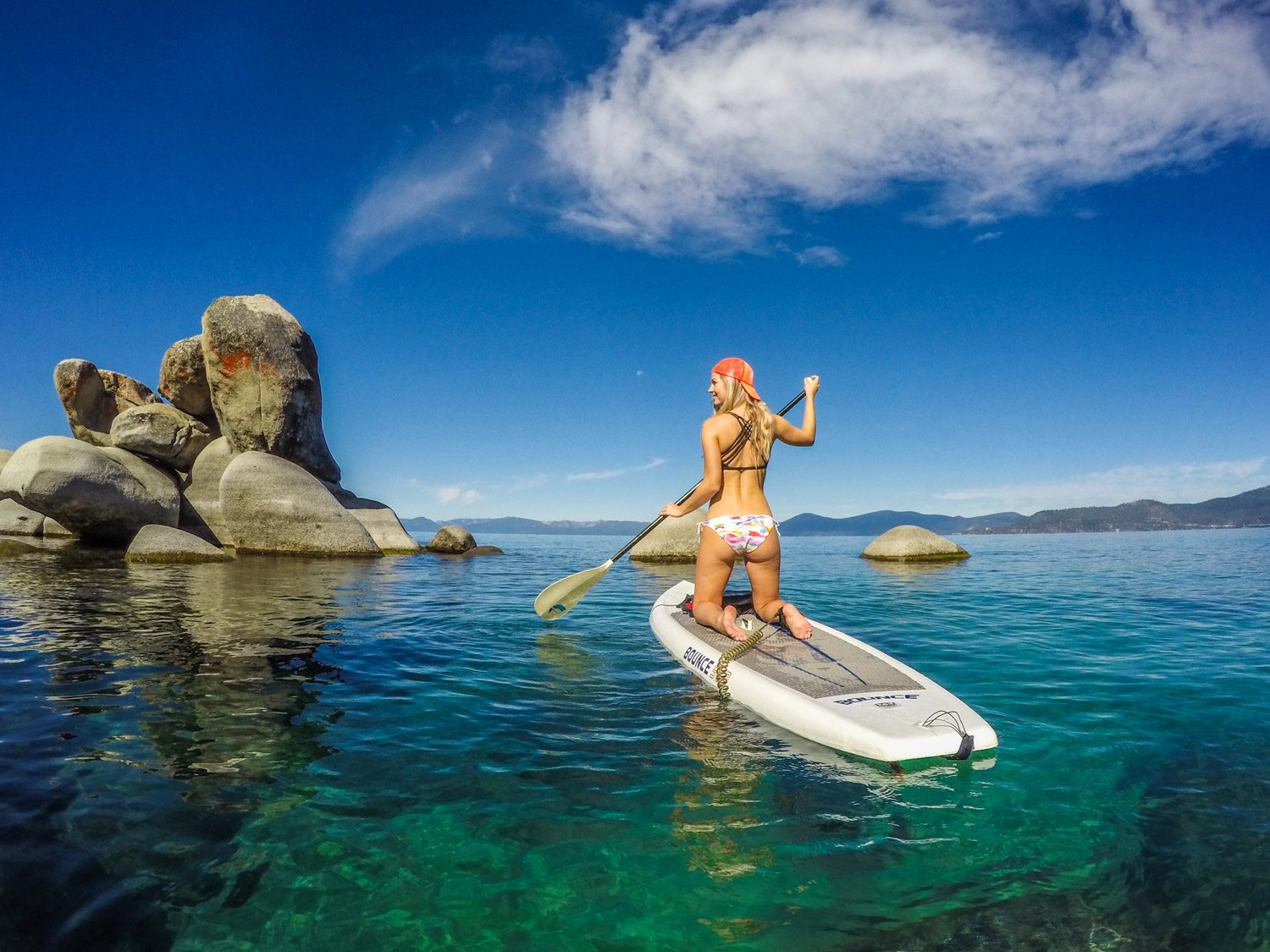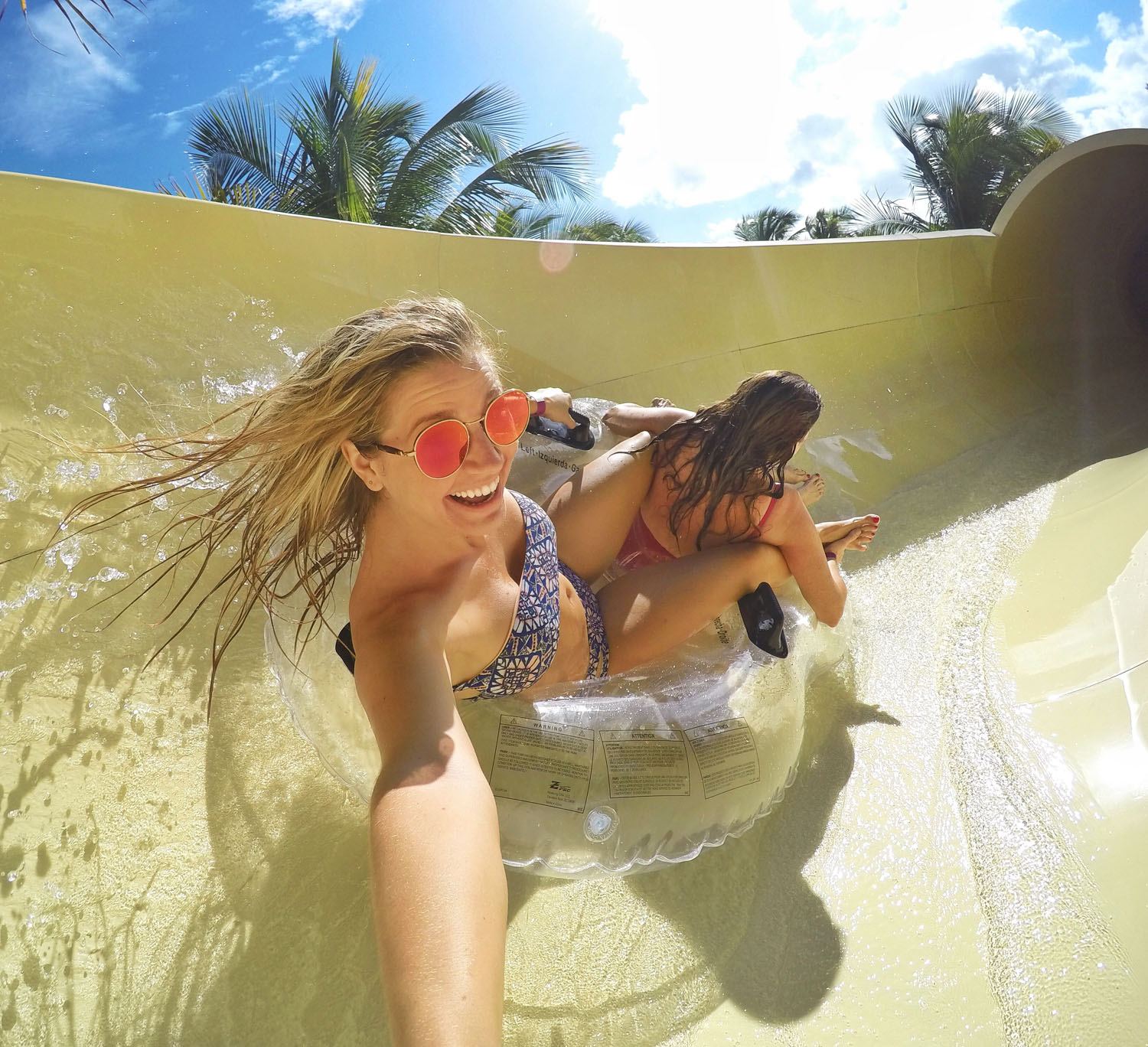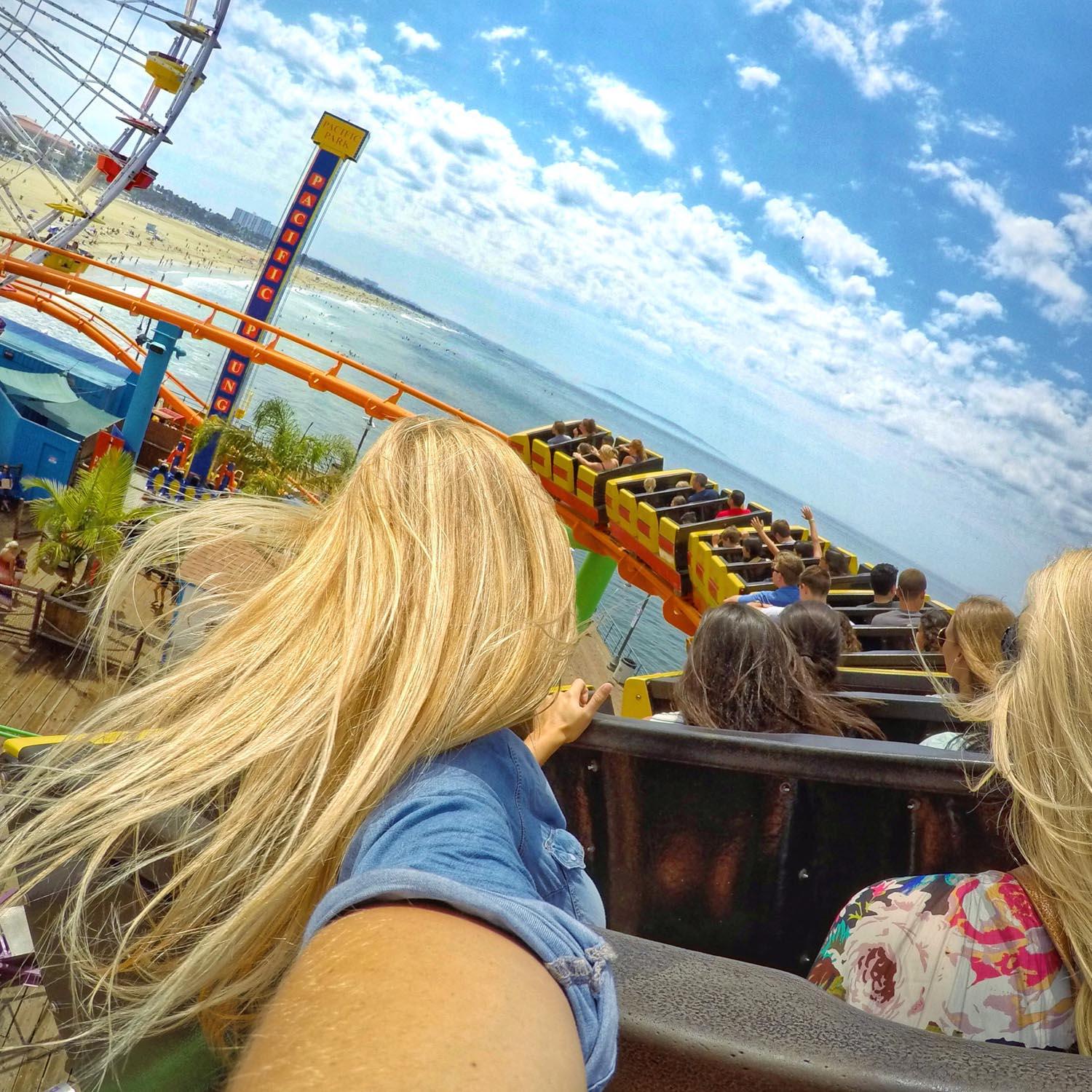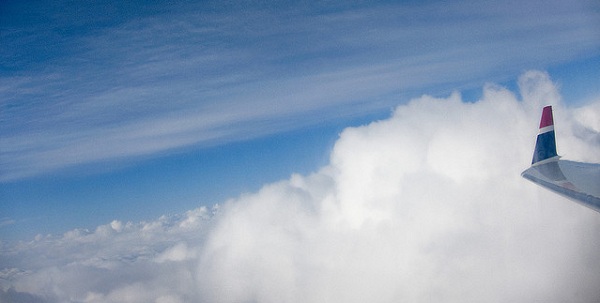Enchanting City of Shanghai: Journey Through Modern China
Shanghai, a metropolis that has been synonymous with rapid development and modernity, is a city that embodies the new face of China. With a rich history dating back centuries, it’s a city that marries the old with the new, creating a dynamic, thriving atmosphere that’s unlike any other place on Earth. If you’re considering a visit to this bustling hub of innovation, commerce, and culture, you’ll need to secure a China travel visa, but rest assured, the experience is well worth it.
A Glimpse into Shanghai’s History
Before we delve into the exciting facets of modern Shanghai, let’s take a step back in time to appreciate the city’s history. Shanghai’s roots date back over a thousand years, when it was a small fishing village. It later became a prominent trading port during the Ming Dynasty and played a significant role during the Opium Wars in the 19th century. Its history is marked by foreign occupation and colonial influences, which are still visible in the city’s architecture and culture.
Getting There: The China Travel Visa
Before you embark on your journey to Shanghai, you’ll need to secure a China travel visa. Depending on your nationality, the process and requirements may vary, so it’s essential to check with your local Chinese consulate or embassy for the most up-to-date information. Ensure you have a valid passport, complete the visa application form, provide a recent passport-sized photo, and be ready to pay the visa fee. The processing time can vary, so it’s wise to apply well in advance of your planned departure date.
Shanghai’s Modern Marvels
Once you’ve obtained your China travel visa, you’re ready to explore this incredible city. Here are some must-see modern marvels in Shanghai:
The Bund: Start your journey with a visit to The Bund, a waterfront promenade along the Huangpu River. It’s home to iconic skyline views that feature an array of architectural styles, from Gothic to Art Deco. Here, you’ll be reminded of Shanghai’s history as an international trading port.
Shanghai Tower: The Shanghai Tower, standing at 632 meters, is one of the tallest buildings in the world. Its unique spiraling design and state-of-the-art facilities make it a true engineering wonder. A trip to its observation deck will provide panoramic views of the city.
Shanghai Disney Resort: For a taste of family-friendly fun, head to the Shanghai Disney Resort. It’s not just any Disney park; it incorporates Chinese culture into its attractions, making it a unique Disney experience.
The Oriental Pearl Tower: This iconic landmark, with its distinctive, space-age design, offers incredible city views and a museum that explores the history of Shanghai’s development.
Shanghai World Financial Center: With its sky-high observation deck, the SWFC is another excellent spot for taking in breathtaking vistas of the city. It’s known for its distinctive trapezoid hole at the top.
Nanjing Road: If you’re looking for shopping and vibrant street life, visit Nanjing Road. It’s one of the world’s busiest shopping streets, offering a wide range of stores, boutiques, and restaurants.
Yuyuan Garden: To experience a slice of old Shanghai amidst the modernity, explore the Yuyuan Garden. This classical Chinese garden dates back to the Ming Dynasty and is a tranquil oasis in the heart of the bustling city.
Shanghai Maglev Train: The Shanghai Maglev Train is one of the fastest commercial trains globally, reaching speeds of 431 km/h (267 mph). It’s an experience in itself, and you can hop on it at Pudong International Airport.
Culinary Adventures
Shanghai is renowned for its diverse and delectable cuisine. Don’t leave without sampling some of these local dishes:
Xiaolongbao: These succulent, steamed soup dumplings are a Shanghai specialty. They burst with savory broth when you bite into them.
Shengjian Bao: If you love dumplings, try Shengjian Bao. These pan-fried pork buns are crispy on the bottom and soft on top.
Jianbing: Often considered as the Chinese crepe, Jianbing is a popular breakfast option. It’s a thin, crispy pancake filled with various ingredients like eggs, vegetables, and sauces.
Beggar’s Chicken: This traditional dish involves marinating a whole chicken, wrapping it in lotus leaves, and baking it until the flavors meld together.
Shanghai Noodles: These thick, chewy noodles are often stir-fried with a variety of ingredients, creating a hearty and flavorful dish.
Stir-Fried River Shrimp: As Shanghai is close to the coast, it offers some of the best seafood in China. Stir-fried river shrimp is a popular choice, showcasing fresh, plump shrimp.
Cultural Highlights
In addition to its modern attractions, Shanghai is a hub of culture and art. Some cultural highlights include:
Shanghai Museum: This world-class museum houses a vast collection of ancient Chinese art, including ceramics, bronzes, paintings, and calligraphy.
Shanghai Opera: Enjoy a performance at the Shanghai Grand Theatre or the Shanghai Oriental Art Center. Whether it’s traditional Chinese opera or contemporary theater, you’ll be in for a treat.
Tianzifang: Explore this artistic district filled with narrow lanes, boutique shops, and galleries. It’s an excellent place to discover local art and crafts.
Propaganda Poster Art Center: Dive into China’s history and culture through a unique collection of propaganda posters from the mid-20th century.
Nightlife and Entertainment
Shanghai comes alive at night, with a vibrant nightlife scene. Visit places like:
Bar Rouge: This iconic rooftop bar offers stunning views of The Bund and a lively atmosphere.
M1NT: A popular club with a glamorous ambiance, perfect for dancing the night away.
Old Jazz Band: Enjoy traditional jazz in the heart of Shanghai. It’s a must-visit for music enthusiasts.
Acrobatics Shows: Don’t miss a mind-blowing acrobatics performance. Shanghai is renowned for its acrobatic talents.
Safety and Etiquette
While Shanghai is generally a safe city for travelers, it’s important to be mindful of your belongings and take standard precautions. Respect local customs, and be aware of cultural differences in behavior and etiquette. Learning a few basic Chinese phrases can be immensely helpful, though English is widely spoken in tourist areas.
In Conclusion
Shanghai is a city that never sleeps, a place where the past and present intertwine harmoniously. From its stunning modern skyscrapers to its ancient gardens and flavorful cuisine, it’s a destination that offers a wide range of experiences. After securing your China travel visa, you’re poised to embark on an unforgettable journey through this dynamic and captivating metropolis. Shanghai will leave you in awe of China’s past, present, and future.
The post Enchanting City of Shanghai: Journey Through Modern China appeared first on Wandering Earl.












